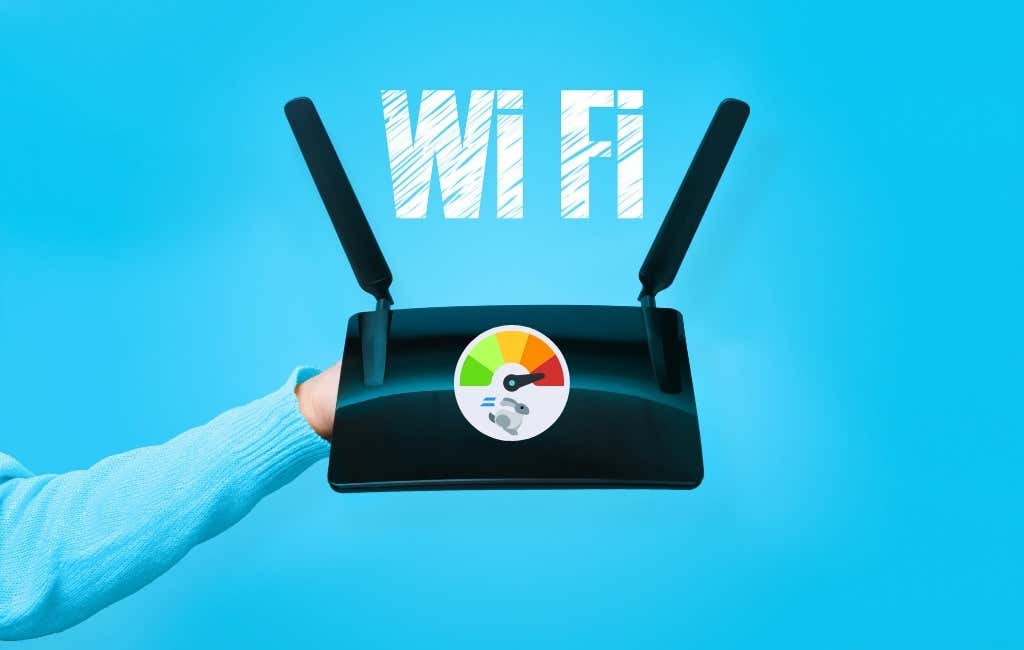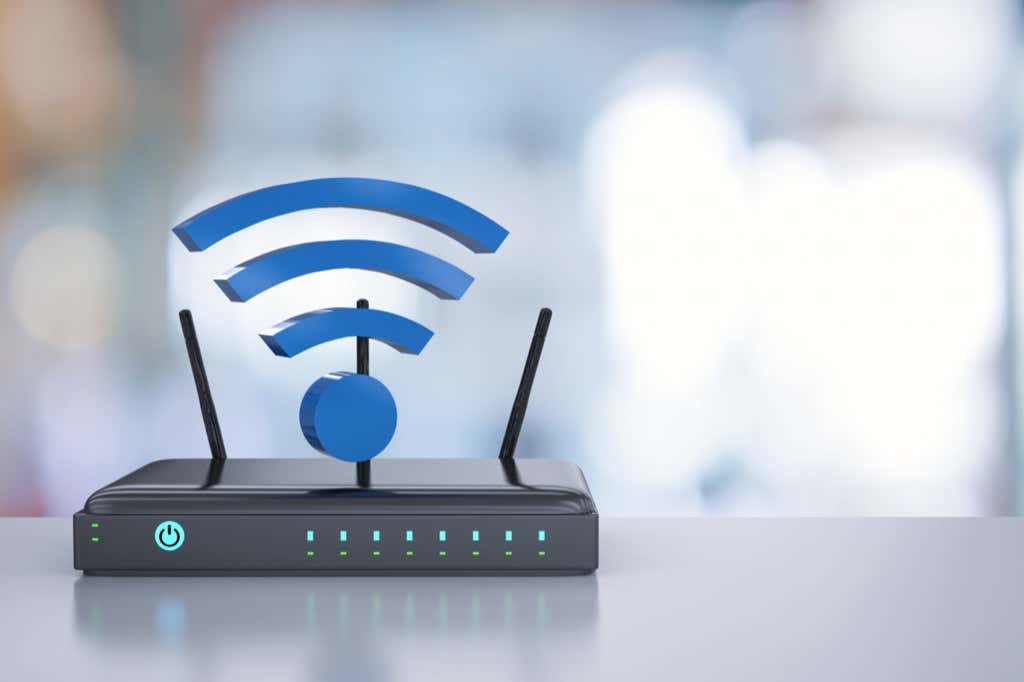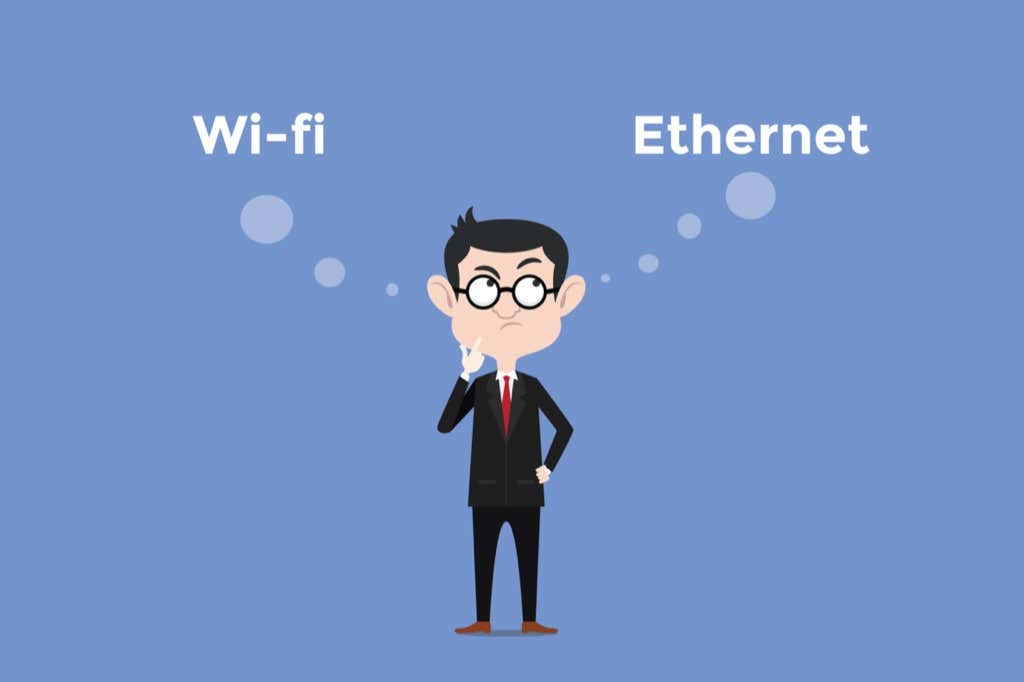Be it Bluetooth, USB, or WiFi, every technical standard goes through multiple iterative upgrades over time. The next generation of Wi-Fi brings faster transfer speeds and lower latencies, improving the connectivity of these interfaces.
It’s the same for the upcoming Wi-Fi 7 standard. Formally known as IEEE 802.11be Extremely High Throughput (EHT), this newer protocol is slated to bring many enhancements to wireless communications using Wi-Fi technology. Here’s an overview of what will change in the transition from WiFi 6 to WiFi 7.
Faster Than Ever
Wireless connectivity has played second fiddle to wired options like Ethernet for decades. The low bandwidth of wireless networks has never been good enough to replace a physical connection for performance-sensitive use cases like 4K streaming or multiplayer gaming.
But with Wifi 7, that’s slated to change. The new standard promises network speeds on par with an Ethernet connection, with low latencies to support ping-dependent functions.
Actual numbers are still hard to come by since we are yet to see any devices using it, but WiFi 7 is expected to offer speeds of 40 Gbps. MediaTek and Qualcomm have already demonstrated the new capabilities in live demos to enterprise clients and are promising an official rollout by the end of this year.
A Focus On Videos and Gaming
If there is anything the pandemic has taught us, the demand for video streaming is here to stay. From watching videos to playing online games, entertainment has already moved to the internet, and the infrastructure needs to keep pace.
WiFi 7 is optimized for the delivery of video content, along with low latency to help smooth over gaming. This comes in handy not only for entertainment apps but for enterprise users as well, for VR (Virtual Reality) and AR (Augmented Reality) implementations.
Real-time video transmission will be easier than ever on a wireless network.
Twice the Bandwidth, Double the Streams
WiFi 6 offered a 160 MHz bandwidth and eight simultaneous spatial streams. WiFi 7 straight up doubles this capacity, giving 320 MHz of bandwidth and 16 streams. This makes it easier than ever to create wireless mesh networks to connect with multiple devices at once.
This Multiple Input Multiple Output (MU-MIMO) capability also enables users to set up a network of smart home devices, giving a considerable boost to IoT (Internet of Things). The WiFi 7 specification also comes with the brand new Multi-Link Operation (MLO) technology, allowing multi-user access to separate bands and channels at once.
The 6GHz Factor
The WiFi Alliance had been trying to procure a new spectrum band for wireless technology for a long time. The 2.4Ghz and 5Ghz frequency bands, while getting the job done, are nowhere near as wide enough to ensure the utmost precision.
Recently, WiFi was finally allocated the 6 GHz band, marking the first fresh spectrum allocation in a while. WiFi 6E opens up a lot of untapped space for wireless transmissions on enabled devices. This gives the wireless communication standard much more room to work with, though it also makes it harder to manage connections across multiple bands.
WiFi 7 has been built to be able to solve this problem. It can efficiently utilize the non-contiguous spectrum bands and provide better connectivity.
More Efficient Transmission
Older Wi-Fi 5 access points have trouble providing reliable high-density connections even with the 5Ghz band. To combat this, WiFi 6 introduced Quadrature Amplitude Modulation (QAM).
This packs more data into the same spectrum, allowing high-density data transmission without hardware changes. Wi-Fi 7 takes this further, turning 1024-QAM into 4096-QAM, which can compress even more data into the limited bandwidth.
On The Distant Horizon
The features of WiFi 7 sound neat and everything, but when exactly is it coming to our devices? Not too soon, unfortunately.
The standard has only been showcased in technical demos and is still some way off from actual production. Even then, the first offerings are going to be for enterprise users.
We will probably see WiFi 7 enabled routers hitting the market no earlier than 2023. Even WiFi 6 is yet to be properly rolled out, with most PCs and smartphones still making do with older versions of the standard.
Does WiFi 7 Even Matter?
For most people, the constant advancement in communication standards like USB or WiFi is hardly impactful. Sure, you get faster data rates, but that is hardly earth-shattering. Why, then, should you care about WiFi 7?
Because this time, the change is more than just incremental. With this new generation of WiFi networks, wireless internet will finally compete with Ethernet. This might seem like a small thing, but it is not.
With WiFi 7, streaming videos on your smart TV or playing a demanding FPS game online will no longer require a wired network. You will be able to leverage the mobility and convenience of wireless networking without having to sacrifice the bandwidth or suffer from latency issues.
So yes, WiFi 7 does matter. Whether you are a home user just looking for seamless entertainment or an enterprise user seeking to improve the efficiency of your systems, WiFi 7 is going to come as a shot in the arm.




